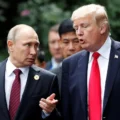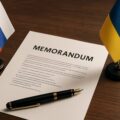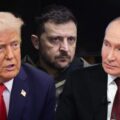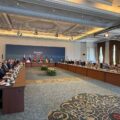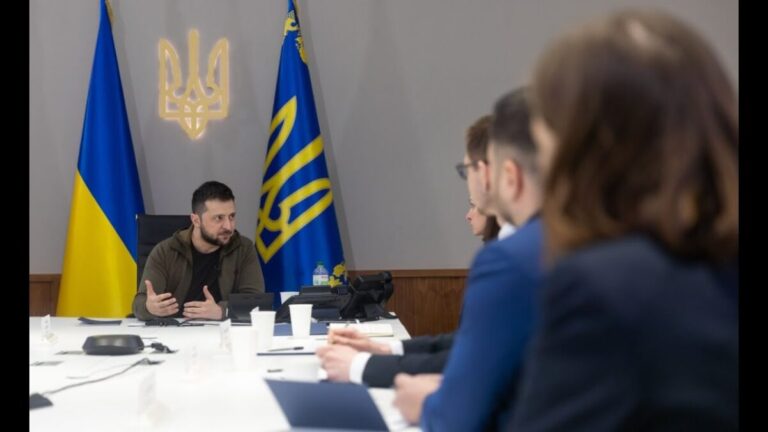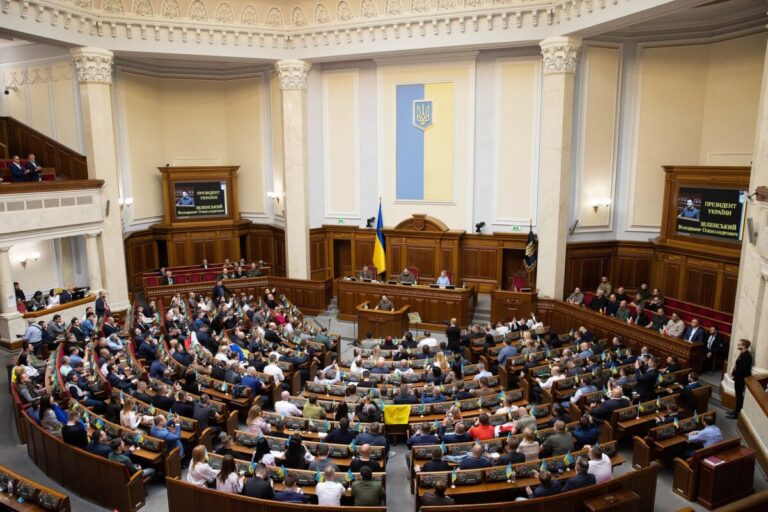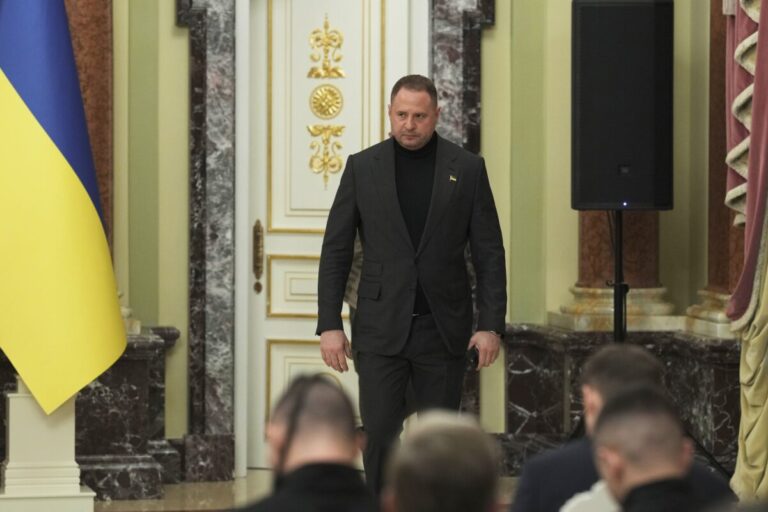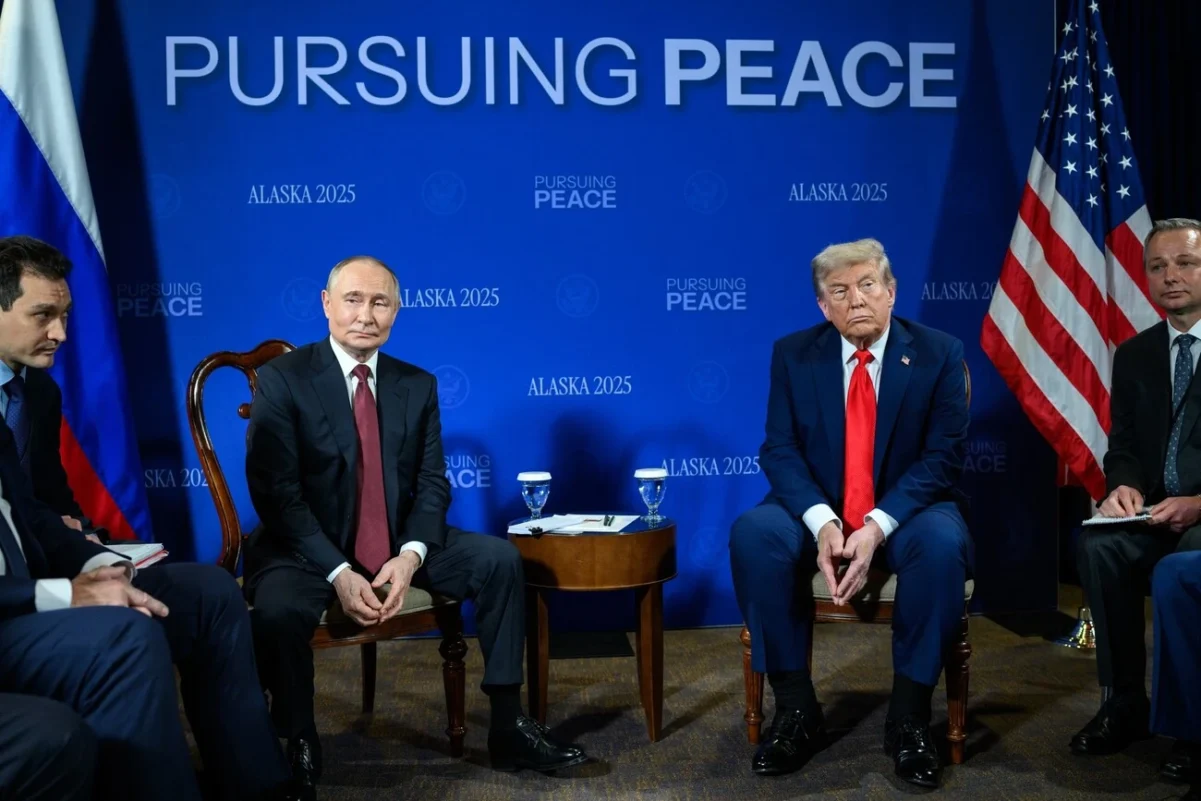
Alaska Meeting and the Kyiv Call: why Ukraine rejected a “territorial deal” and what’s next in Washington
After a brief meeting in Alaska and follow-up consultations with European leaders, Donald Trump relayed Vladimir Putin’s proposal to Volodymyr Zelenskyy: freeze most front lines in exchange for transferring to Russia the entire Donetsk oblast. Zelenskyy refused. Diplomats familiar with the talks note that Russia currently occupies about one-fifth of Ukraine, including roughly three-quarters of Donetsk. The attempt to impose a “deal over territory” was stopped at the exploratory stage.
Moscow signals a readiness to “freeze” parts of the front if Kyiv agrees to hand over all of Donetsk, effectively legalizing the occupation. Framed publicly as a “step toward peace,” this is, in substance, territorial capitulation under the pressure of war. Ukraine’s position remains unchanged: coerced border changes violate the Constitution and the basic security order in Europe.
After the Alaska encounter, Trump declared that the goal is not just a ceasefire but a peace agreement. His statement:
“Everyone agreed that the best way to end the horrible war between Russia and Ukraine is to conclude a peace agreement that will end the war, and not just a ceasefire agreement, which is often not observed. President Zelensky will arrive in Washington, to the Oval Office, on Monday afternoon. If all goes well, we will schedule a meeting with President Putin. This could save millions of lives. Thank you for your attention to this issue!”
He also conveyed to Kyiv that Moscow’s position on territory has not changed. As relayed after the call:
“Trump said during the conversation that although the decision on what to do with the territory remains with Ukraine, Putin’s position has not changed he still wants Kyiv to give up control over the entire Donbas.”
The planned one-on-one with Putin was canceled and replaced by a “three-on-three” format; a broader set of formats did not materialize. The joint press appearance ended after short statements, with no Q&A.
Amid diplomatic maneuvering, Kyiv is bracing for possible increased military pressure on the front. Zelenskyy stated:
“Based on the political and diplomatic situation around Ukraine and knowing Russia’s treachery, we anticipate that in the coming days the Russian army may try to increase pressure and strikes against Ukrainian positions in order to create more favorable political circumstances for talks with global actors. We are recording the movement and preparations of Russian forces. Of course, we will counter asymmetrically if necessary. I asked the Commander-in-Chief to speak with combat commanders. Ukraine needs strong positions and truly tangible resistance to the enemy.”
He also highlighted units achieving gains on difficult sectors in Donetsk:
“In particular, I want to recognize the units of the 1st Corps of the National Guard of Ukraine ‘Azov’, the units of the 7th Corps of the Air Assault Forces, the units of the 38th Separate Marine Brigade named after Hetman Petro Sahaidachny, as well as the units of our 93rd Separate Mechanized Brigade ‘Kholodnyi Yar’.”
The political bottom line:
- no deal was reached, and not even a temporary ceasefire;
- no new sanctions were announced in the immediate aftermath;
- the Kremlin uses the mere fact of a high-profile format on U.S. soil to signal a bid to break isolation;
- Moscow harvested symbolic images for domestic audiences.
These optics don’t alter the core reality: without Russian troop withdrawal and restoration of Ukraine’s control over its territory, any “freeze” is just a pause that grants the aggressor time to regroup.
Post List
Trump suggested that Ukraine could receive security guarantees akin to NATO, but without membership. For Kyiv and its partners, the lesson is obvious: informal guarantees don’t deter an aggressor unless backed by binding commitmentsand credible force. The Budapest Memorandum already demonstrated the limits of paper promises without enforcement.
Independent analysis: the logic behind “peace for territory”
- Russia’s logic: legitimize what’s been seized, shift the war into the political track, and rebuild resources for a new cycle of coercion. A front freeze is a pause, not peace.
- The pressure-on-Kyiv logic: a quick “deal” may look attractive for short-term political dividends, but it doesn’t remove the causes of war and encourages further expansion.
- Ukraine’s logic: sovereignty and territorial integrity are not negotiable. Any “deal” without NATO-level guarantees and an enforceable accountability mechanism risks a repeat of aggression.
In Washington, Zelenskyy will articulate a simple principle: only the side that started the war can end it. Ukraine will be expected to draw clear red lines; the White House will be tested on whether it understands that “peace” cannot be purchased with someone else’s territory. Europe’s backing and U.S. public opinion are assets for Kyiv; on Moscow’s side are oil revenues from India and China and attempts to shape the U.S. political agenda.
Rejecting a “territorial deal” is the only sound choice for a country fighting for its existence. “Peace” at the cost of Donetsk won’t deliver security; it will merely delay the next wave of violence. Talks make sense when the aggressor is ready to withdraw and accept responsibility. Until then, Ukraine’s best course is to hold the line, strengthen defense, widen its coalition of support, and engage partners on real guarantees, not imitations.





